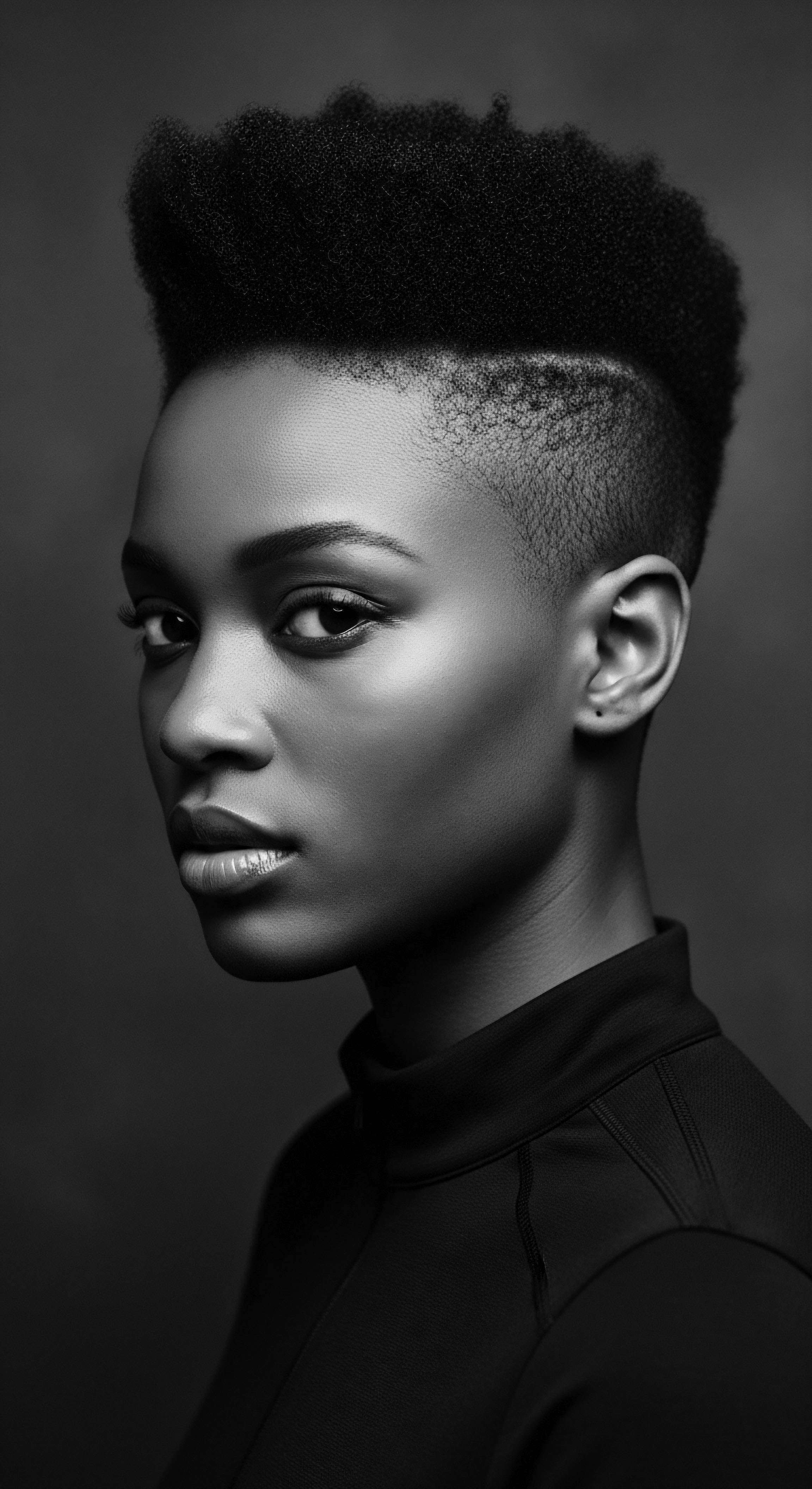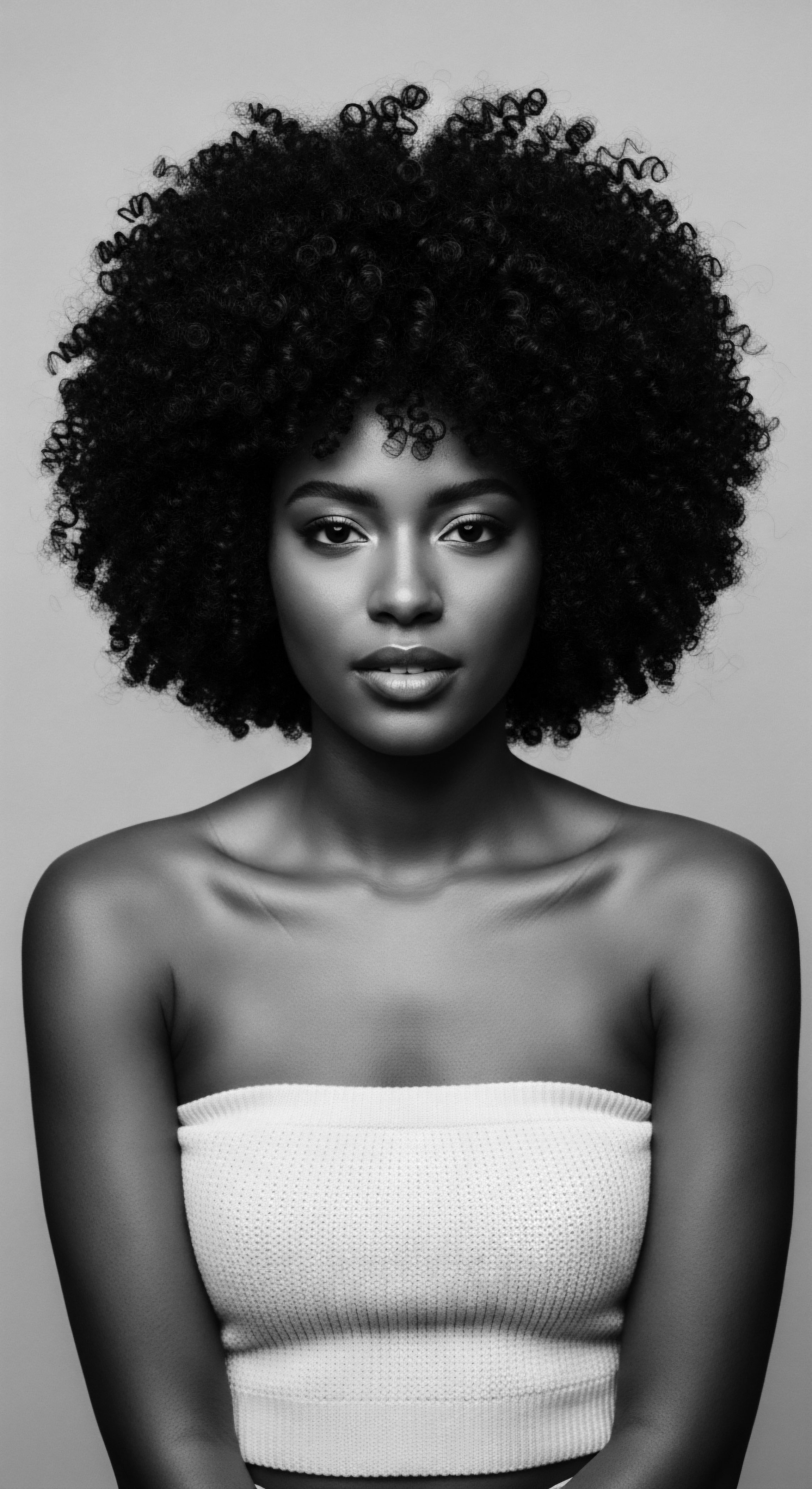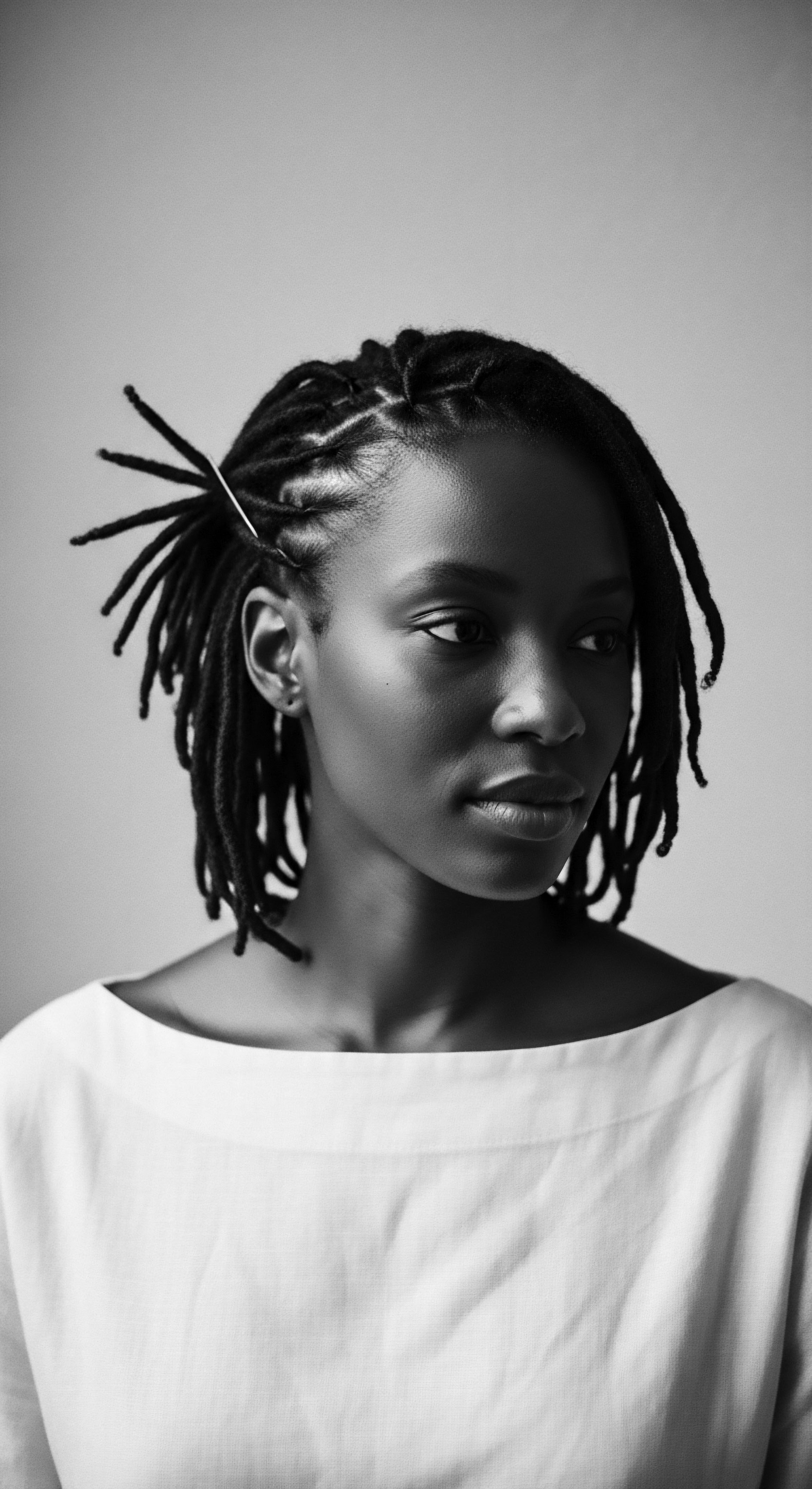
What historical evidence supports shea butter’s benefits for textured hair?
Historical evidence, rooted in West African ancestral practices, validates shea butter’s efficacy for textured hair's unique hydration needs.

How does modern science affirm traditional shea butter uses for textured hair?
Modern science affirms traditional shea butter uses by explaining its protective and nourishing properties for textured hair's heritage.

What historical connection does African black soap have to textured hair care?
African black soap connects to textured hair heritage through centuries of West African cleansing rituals, nourishing practices, and cultural identity preservation.

How did West African communities use shea butter for textured hair?
West African communities employed shea butter to deeply moisturize and protect textured hair, a practice rooted in generations of ancestral wisdom.

What historical ingredients define black soap’s heritage?
Black soap's heritage is defined by West African plant ashes and natural oils, offering gentle, nourishing cleansing for textured hair.

How did ancestral practices of African black soap benefit textured hair’s moisture?
Ancestral African black soap, with its gentle cleansing and inherent emollients, preserved textured hair's moisture as part of deeply rooted communal heritage practices.

What historical hair care practices accompany black soap use?
Black soap's heritage in textured hair care lies in its role as a versatile, community-crafted cleanser used with enriching botanicals.

What is the cultural background of shea butter in hair care?
Shea butter, originating from West Africa, stands as a centuries-old cornerstone of textured hair care, deeply connected to ancestral practices and cultural identity.

